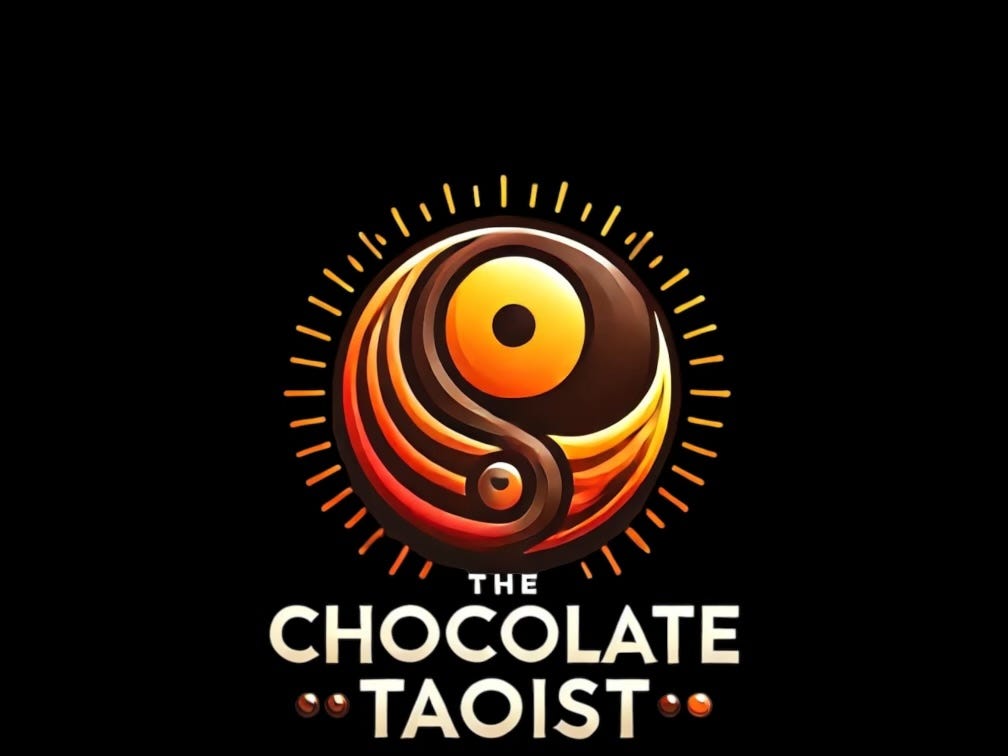Travel is more than movement—it’s a journey through time, space, and the heart.
For my friend Leilani Raashida Henry, the landscapes she traverses, whether they be the icy expanses of Antarctica or the lush hills of Rwanda, are mirrors reflecting the inward journey of the soul.
Her nomadic spirit brings to mind the wisdom found in the Tao Te Ching:
“A good traveler has no fixed plans and is not intent on arriving.”
Leilani embodies this Taoist principle of flowing with the currents of life, letting her inner-world be her guide rather than setting rigid expectations.
Her life story reflects how sacred travel can not only expand the horizons of the traveler but also deepen the connection between human beings and the earth, advancing not just personal evolution, but planetary evolution as well.
The Journey Within and Without
Leilani’s journey, like my own, is deeply nomadic in nature, guided by an openness to new experiences and a constant renewal of the self. She speaks with awe about places like Thwaites Glacier in Antarctica, where her father, George W. Gibbs, Jr., became the first person of African descent to step onto the continent.
In a world that often feels too small and too familiar, Leilani is a reminder that the vast unknown is still out there, waiting to be explored—not only geographically, but within our own hearts and minds. Sacred travel, in this sense, is not just about going to new places. Rather, it is about discovering new facets of ourselves.
From Rwanda to Germany to Antarctica, Leilani’s travels are not just about visiting new lands — they are about expanding the boundaries of her understanding, both of herself and of the world.
In the Bhagavad Gita, Lord Krishna says, “The soul is never born, nor does it die… it is eternal, unborn, and undying.” Leilani’s travels seem to echo this sentiment—a journey without beginning or end, a dance with eternity.
Each place she visits is a reflection of the boundless, timeless nature of the soul. The lessons learned along the way are not just for personal growth, but ripple out into the larger tapestry of human experience.
The Sacred Responsibility of Travel
Leilani’s work with underrepresented students of color, showing them that there is a place for them in polar science, also speaks to this deeper calling. She does not travel for the sake of adventure alone. Instead, her journeys are imbued with a purpose that transcends mere exploration.
Like a true wanderer, she seeks to leave a legacy not by planting flags, but by planting seeds of inspiration and possibility in the minds of the next generation. Her sacred travel is not just a personal quest but a way to help elevate others, to show them what is possible and to help bridge gaps that have historically excluded people of color from certain fields, such as polar science.
This kind of travel requires not just a willingness to engage with the world, but a profound sense of responsibility. Sacred travel, after all, is not just about personal enrichment but about contributing to the collective good.
In her journey, Leilani models this beautifully, reminding us that travel can be a way of healing not just ourselves but the world around us. In a time when climate change and social inequality are front and center, Leilani’s travels in fragile ecosystems like Antarctica serve as a reminder of the interconnectedness of all things.
The Tao of Travel: Being Shaped by the World
As I reflect on my own nomadic views of travel, I am reminded of how the road teaches us that home is not a destination but a state of being.
I love the Taoist idea of being a “clean slate” and letting the environment “throw paint on my canvas,” a process of being shaped by the places I visit rather than trying to impose myself on them.
There is something profoundly humbling in this—a surrender to the moment, a recognition that the world is larger than we are, and that by moving through it, we become a little larger ourselves.
Leilani’s travels, like mine, are filled with both exhaustion and exhilaration. But as we learn from the Tao Te Ching, the difference lies in the mindset. If we can travel with a heart open to the world, without fixed plans or rigid desires, the journey becomes effortless.
The world, like the Tao, unfolds naturally, and all we need to do is flow with it. In this way, the act of travel becomes not a tiring pursuit, but a revitalizing practice, renewing our spirit with every step we take.
The Role of Sacred Travel in Planetary Evolution
In our current age, where global challenges demand profound shifts in consciousness, sacred travel becomes more than a personal adventure—it becomes a crucial element in advancing planetary evolution.
Leilani Henry’s journeys, rooted in a sacred relationship with the earth, exemplify how travel can act as a catalyst for collective transformation. Every step taken on the glacier or in the desert is a step toward greater understanding, not only of oneself but of humanity’s role in the ecological and spiritual balance of the planet.
Sacred travel, like Leilani’s nomadic spirit, urges us to reconnect with the natural world in a way that is deeply intimate and reverent. In particular, her work in Antarctica, a region fraught with environmental fragility, highlights the urgent need for a deeper ecological awareness.
As more people, like Leilani, answer the call to sacred travel, we engage in a planetary dialogue—a conversation that is as much about inner peace as it is about environmental stewardship.
The journeys we take outside ourselves, whether to distant lands or to the neighborhood park, have the potential to shift the energy of the entire planet.
Leilani’s path exemplifies how personal evolution intertwines with planetary evolution, guiding us toward a more harmonious existence. Her travels remind us that the earth is not just a backdrop to our lives but a living, breathing entity that responds to our presence.
Leaving a Legacy of Sacred Travel
Leilani’s next adventure takes her to the American Geophysical Union and beyond, as she continues to bridge the gap between science and diversity. Her story is one of courage, curiosity, and connection, and as I follow her journey, I find my own spirit renewed, reminded of the infinite possibilities that travel—and life—offer.
Leilani’s nomadic spirit teaches that travel is more than a means to an end; it is an ever-unfolding journey of transformation.
As she knows well, sacred travel is about leaving a legacy that goes beyond individual achievements. It’s about creating spaces for others to step into their own power and possibility.
Her work with underrepresented students in polar science is a testament to this, showing them that their place in the world is not confined to the borders they know, but is as vast as the glaciers her father once crossed.
The True Journey Within
As we both know, the true journey is always within. Travel, when approached as a sacred practice, becomes a mirror reflecting our inner landscapes. It allows us to see the world not just through our eyes but through the eyes of others.
It teaches us to be humble, to be open, and to flow with the ever-changing currents of life. In the end, sacred travel is not about the places we visit, but about the transformation we undergo along the way.
Through Leilani’s example, we see how travel can be a path to personal and planetary evolution, guiding us all toward a more connected, conscious, and compassionate world.
I invite you to subscribe today as a member supporter. Or I’d be grateful if you’d tip me some coffeehouse love here. Your contributions are appreciated!
Every bit counts as I strive to deliver high quality feature articles into your inbox on a daily basis. Never any paywalls, just my raw thoughts that are open to everyone on what it means to be human.




